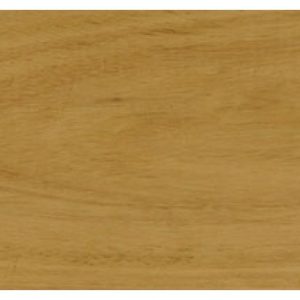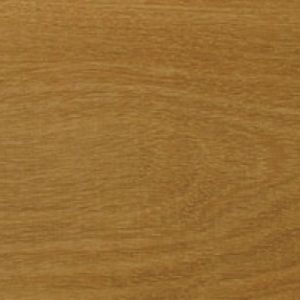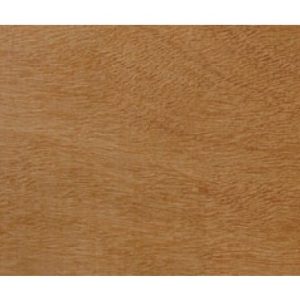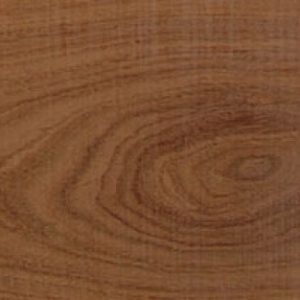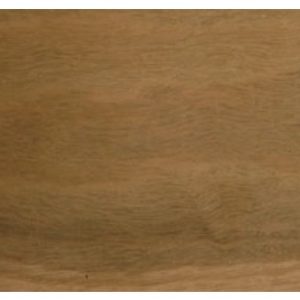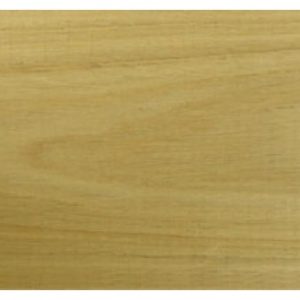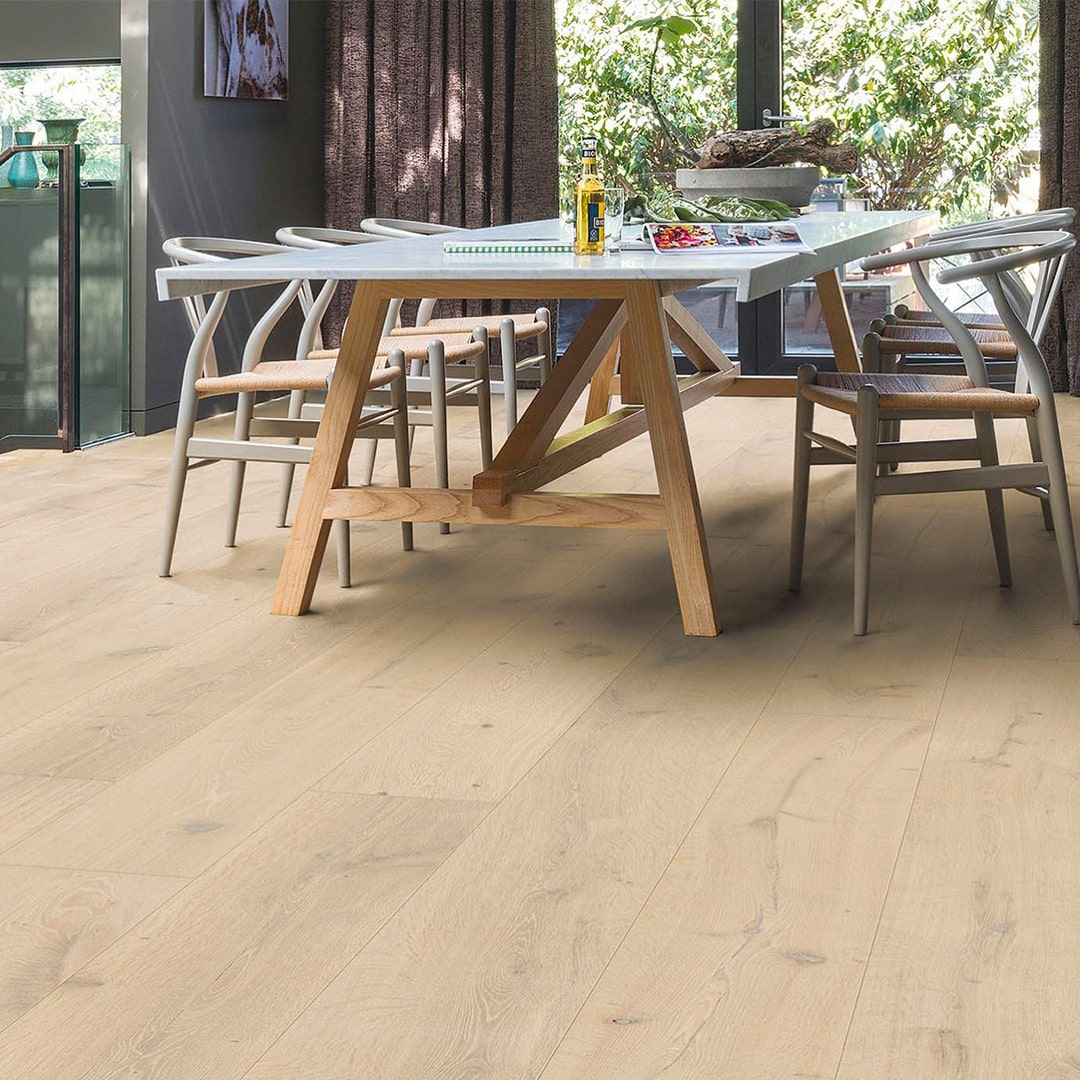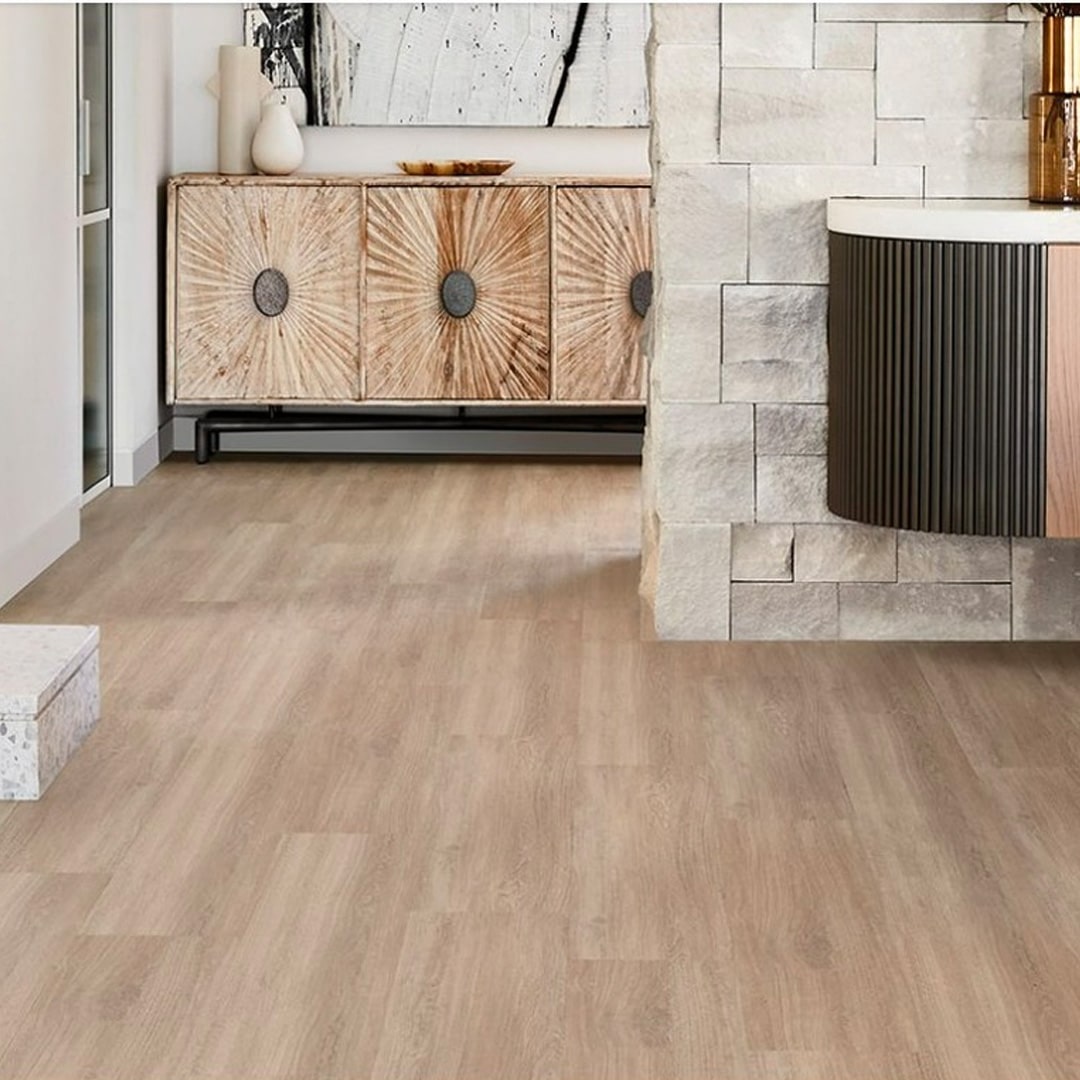Hurford Solid Timber Red Gum
Please note; for orders of 40m2 or less, there is a break pack fee of $80. Red Gum (Eucalyptus tereticornis) Red Gum is a Hardwood native to the eastern coast of Australia, from southern Vic., through to northern Qld. Its colour tends towards deep red, often with paler sapwood. The grain is interlocked and can contain gum veins. With a janka rating of 12.0 and a durability rating of class 1 for above ground and in ground (the highest durability class), this is an extremely hardy timber. With its luscious red tones, this is a hardwood for when good looks and tremendous toughness are both equally important. Select Grade Select grade timber has the minimum allowable occurrence of natural features such as gum veins and pin holes, with those features it does contain having the minimum allowable dimensions. Standard Grade Standard grade timber has a moderate quantity of natural features, with those features having greater allowable dimensions than those found in select grade. Feature Grade Feature grade timber has a high quantity of natural features relative to standard grade, such as knots, gum veins, pin holes and even holes through the odd plank, with those features having a greater allowable range of dimensions. Rustic Grade Rustic grade is a combination of standard grade timber and feature grade timber, with some features which are more prominent than those found in feature grade. Structural Solid Timber Structural solid timber denotes timber that can be used as the primary structural floor. It ranges from 19mm thickness and above. Structural timber must be “top nailed”, meaning the nails go through the top of the plank at a 90 degree angle and into the sub-structure. The head of the nail sits below the surface level of the plank, and the resultant small hole is filled with an appropriate filler. Overlay Solid Timber Overlay Solid timber denotes timber which must be installed over an existing structural floor, such as existing floorboards or a concrete slab. As the Overlay timber is a non-structural floor, it does not require “top nailing”, and can rather be “secret nailed”. This means that the nail is inserted at a 45 degree angle through the tongue of the timber plank along its edge, and into the substrate.
Some suppliers won’t let us display prices for their products. However, we’re able to get bulk pricing for this product and we’ll give you the best price possible. We won’t be beaten.
Some suppliers won’t let us display prices for their products. However, we’re able to get bulk pricing for this product and we’ll give you the best price possible. We won’t be beaten.
Request a quote now to get the latest price.
Calculate the Flooring Coverage
We’ll beat any competitor by $1/m2
We assure the best price guarantee, surpassing any competitor’s quotation for the identical product.
We’ll beat any competitor by $1/m2
We assure the best price guarantee, surpassing any competitor’s quotation for the identical product.
Product Specification
| Brand | |
|---|---|
| Colour | |
| Durability | |
| Janka Rating | |
| Pack Size | |
| Pack Weight | |
| Product Warranty | |
| Wood Species |




